-
- Find Care
-
- Visitor Information
- Find a Location
- Shuttles
- Visitor Policies
-
-
- Our Virtual Care Options
- Virtual Urgent Care
- Virtual Visits for Primary & Specialty Care
- Online Second Opinions
- Participate in Research
-
- Contact us
-
- For Innovators
- Commercialization Guide for Innovators
-
-
- Research News
- Alzheimer's Disease
- Artificial Intelligence
-
- Overview
-
- Overview
- Getting Started
- New to Mass General Brigham
- International Patient Services
- What Is Patient Gateway?
- Planning Your Visit
- Find a Doctor (opens link in new tab)
- Appointments
- Patient Resources
- Health & Wellness
- Flu, COVID-19, & RSV
- Billing & Insurance
- Financial Assistance
- Medicare and MassHealth ACOs
- Participate in Research
- Educational Resources
- Visitor Information
- Find a Location
- Shuttles
- Visitor Policies
- Find Care
-
- Overview
- Our Virtual Care Options
- Virtual Urgent Care
- Virtual Visits for Primary & Specialty Care
- Online Second Opinions
-
- Overview
- Participate in Research
-
- Overview
- About Innovation
- About
- Team
- News
- For Industry
- Venture Capital and Investments
- World Medical Innovation Forum (opens link in new tab)
- Featured Licensing Opportunities
- For Innovators
- Commercialization Guide for Innovators
- Contact us
-
- Overview
- Information for Researchers
- Compliance Office
- Research Cores
- Clinical Trials
- Advisory Services
- Featured Research
- Two Centuries of Breakthroughs
- Advances in Motion (opens link in new tab)
- Brigham on a Mission (opens link in new tab)
- Gene and Cell Therapy Institute
- Research News
- Alzheimer's Disease
- Artificial Intelligence
-
- Overview
-
- Overview
- Residency & fellowship programs
- Brigham and Women's Hospital
- Massachusetts General Hospital
- Mass Eye and Ear
- Newton-Wellesley Hospital
- Salem Hospital
- Integrated Mass General Brigham Programs
- Centers of Expertise
- Global & Community Health
- Health Policy & Management
- Healthcare Quality & Patient Safey
- Medical Education
- For trainees
- Prospective trainees
- Incoming trainees
- Current trainees
- Continuing Professional Development
How AI Can Help Providers Listen to Their Patients Better
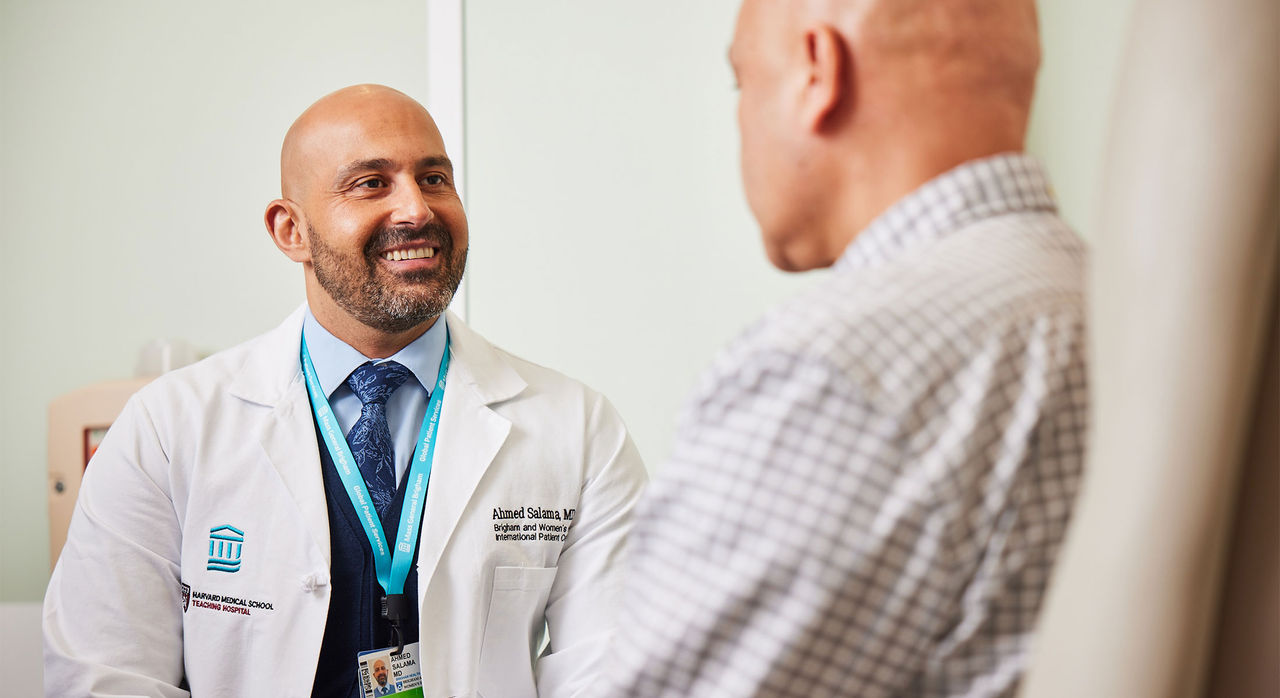
Mass General Brigham is pioneering artificial intelligence (AI) technologies to put the relationship between caregivers and patients at the center of healthcare delivery. One example is the ambient documentation tools that clinicians across Mass General Brigham are using.
Rebecca Mishuris, MD, MPH, MS, chief medical information officer and vice president, Digital, and Amanda Centi, PhD, innovation manager, Emerging Technologies and Solutions, talk about this innovative technology and the road ahead.
Ambient documentation technology securely records patient-clinician conversations and uses AI to generate clinical notes. The clinician then reviews and edits the note before signing the note in the patient’s electronic health record.
Q: What’s the latest on the use of ambient documentation at Mass General Brigham?
Dr. Mishuris: We performed an initial proof of concept with about 20 clinicians across multiple specialties. The goal was to understand workflow needs and safety concerns. From a safety perspective, we were wondering if the system was making things up that didn’t actually happen during a visit.
With the patient’s permission, a clinician uses a smartphone running an ambient listening application to securely record their conversation. We recorded roughly 500 visits and found that about 90% of what the system drafted ended up in clinicians’ final notes, indicating it was recording the conversations accurately. The clinicians did not report any made up content. Passing that first safety test gave us the confidence to expand our pilot program to understand who would benefit from this technology and what the benefits would be.
Q: How much interest have you heard from providers?
Dr. Mishuris: The next phase of our evaluation includes about 800 clinicians, including physicians and advanced practice providers, like nurse practitioners and physician assistants. About 60% come from our academic medical centers—Massachusetts General Hospital and Brigham and Women’s Hospital. We’ve enrolled over half of the users so far. We were excited to see so much interest across the system, and we look forward to accommodating the providers who weren’t able to be a part of this next phase in the future.
Dr. Centi: We initially planned for this next phase to include 400 clinicians. But because there was such overwhelming interest in participating and such positive feedback early on, Mass General Brigham senior leadership committed to making this available to more clinicians.
Q: What kind of clinician feedback are you getting? Are clinicians finding this is helping reduce burnout and spend more time with patients?
Dr. Mishuris: There’s no cure-all for clinician burnout. Many factors contribute to burnout, so we’re going to need many different types of interventions to address it. But for the clinicians whose burnout is driven by notetaking and charting, ambient documentation could be a silver bullet. It could potentially make a drastic change in how they experience their work of documentation—and, importantly, their interaction with their patients—by removing the technology that sits between the patient and them.
Even for clinicians not overwhelmed by documentation, this technology could have a real benefit. I’m a primary care doctor and don’t spend much time documenting after hours. I’m not burned out. What’s great, though, is that I can now look at my patients during their visit rather than looking at the computer. This technology is putting me back in the room with the patient rather than putting up a barrier like a lot of technology does in our lives.
Dr. Centi: Clinicians have also told us that because the note is generated so fast, they’re taking it as an opportunity to share it and review with patients during the visit. We’ve also heard that patients are very accepting of this technology and appreciate learning how the providers are bringing it into their care.
Q: How is Mass General Brigham particularly well-equipped to tackle an initiative like this?
Dr. Mishuris: Mass General Brigham has such robust research, clinical, operational, and digital capabilities. With a new, largely unproven technology like ambient documentation, which has significant potential to address one of our biggest challenges in healthcare, we have the research knowledge and resources to evaluate it first rather than just scaling it blindly.
Additionally, our Innovation team crosses clinical, research, and digital. This technology is so new that we have to take an innovation lens to it and make sure we have safety guardrails and checks that might not be necessary with a tried-and-true technology.
There are probably only a few health systems in the country that have the resources and knowledge to do all this. We’re also informing the national conversation around generative AI in healthcare.
Q: What does the future look like for integrating this program more broadly systemwide?
Dr. Mishuris: First, we want to understand the outcome of this phase of implementation so that we can decide if and how we’re going to scale the technology. We’re also thinking about how ambient documentation could evolve to further support our clinical documentation work like queueing up orders.
Additionally, we’re looking at other uses of generative AI, like summarizing a patient’s chart. We’re in active development with Epic to do that kind of work. One tenet that we really hold dear is integration with clinical workflow. So, if most of your work is in Epic, I don’t want to take you out of Epic and make you go to a separate app to do something before going back into Epic. That’s why integrating the ambient documentation into Epic is so important.
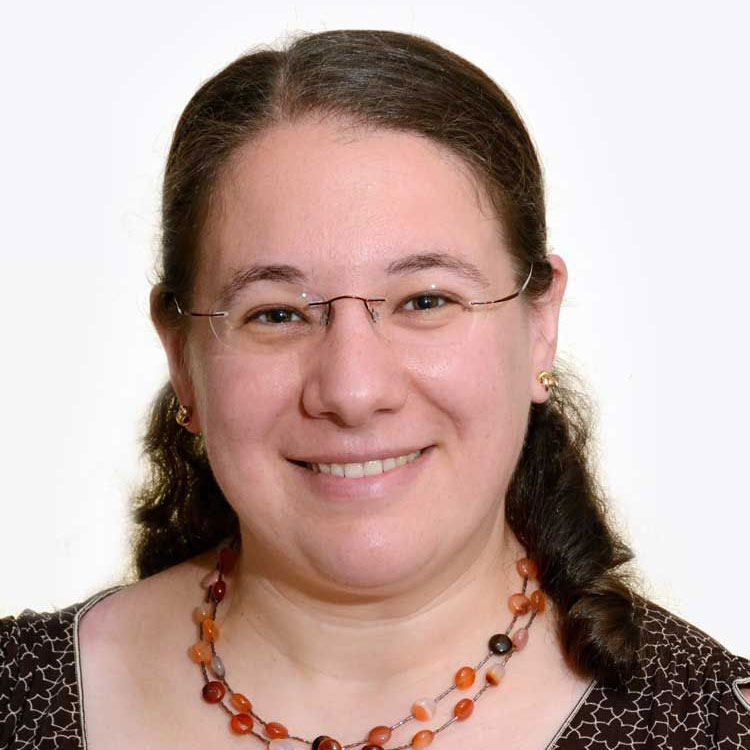
Contributor
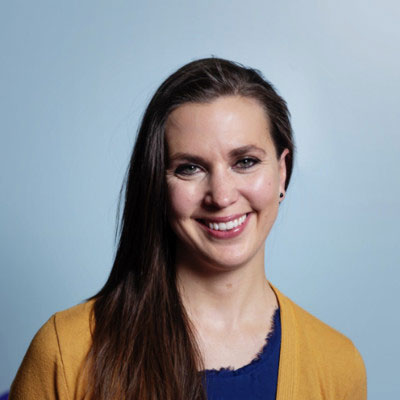
Contributor
Related research about artificial intelligence
-
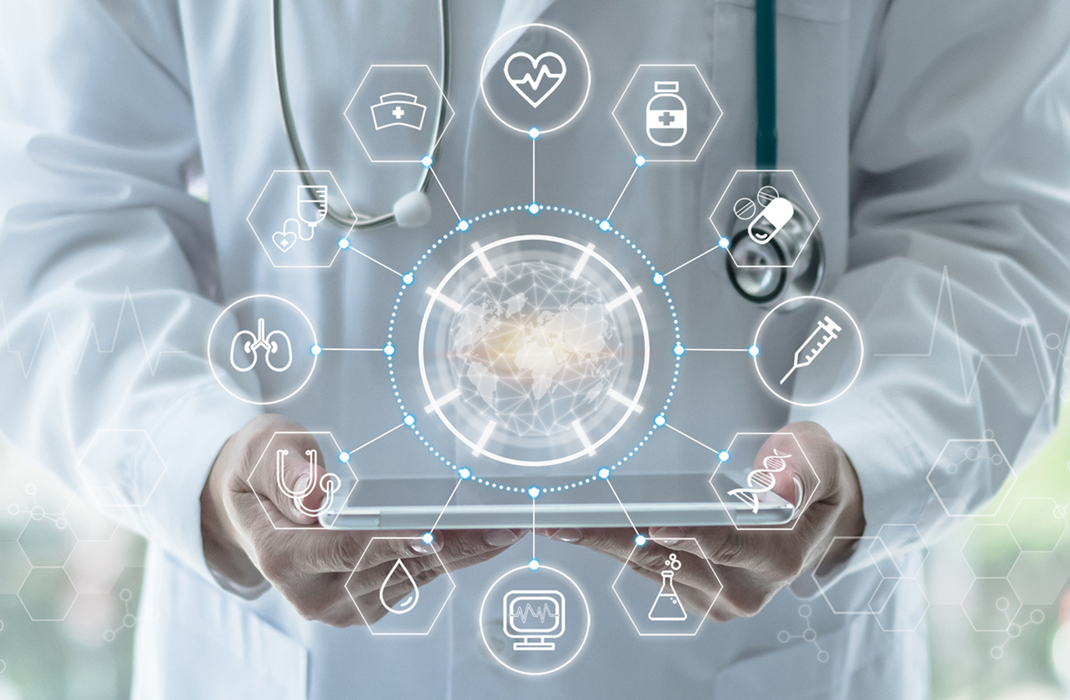
published on
-
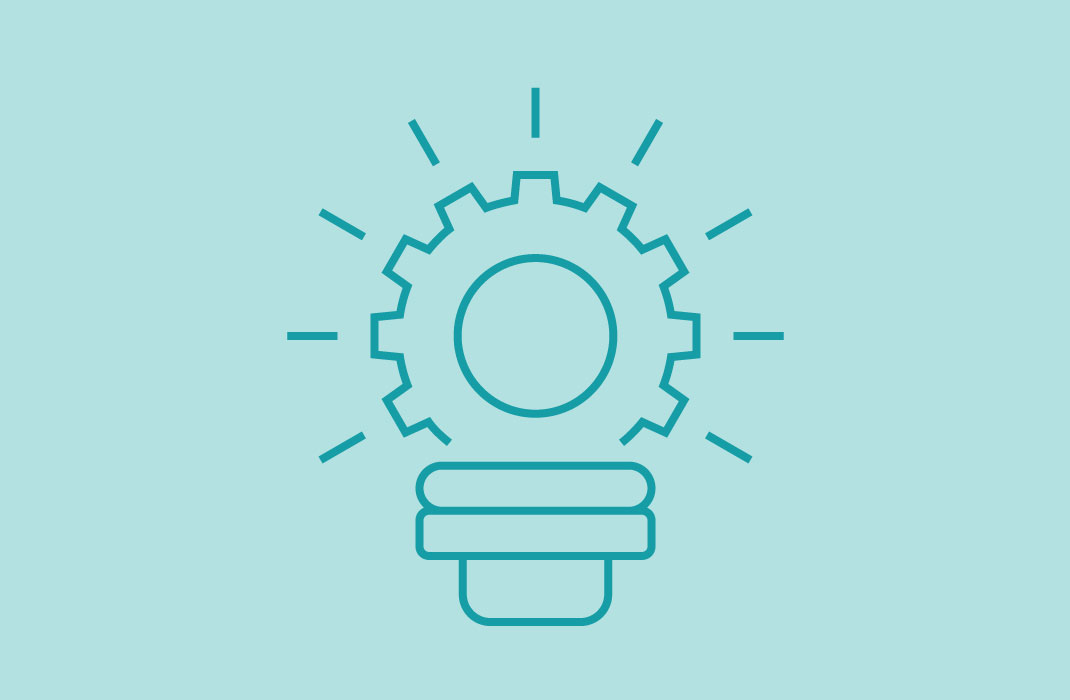
published on
-

published on
-

published on
-
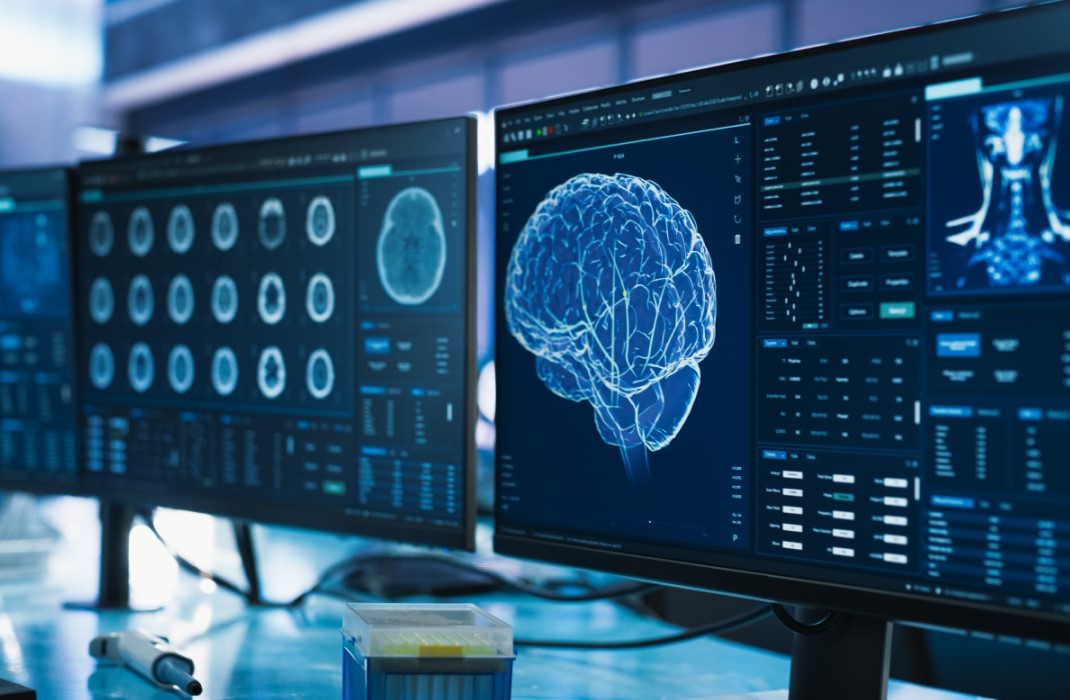
published on
-
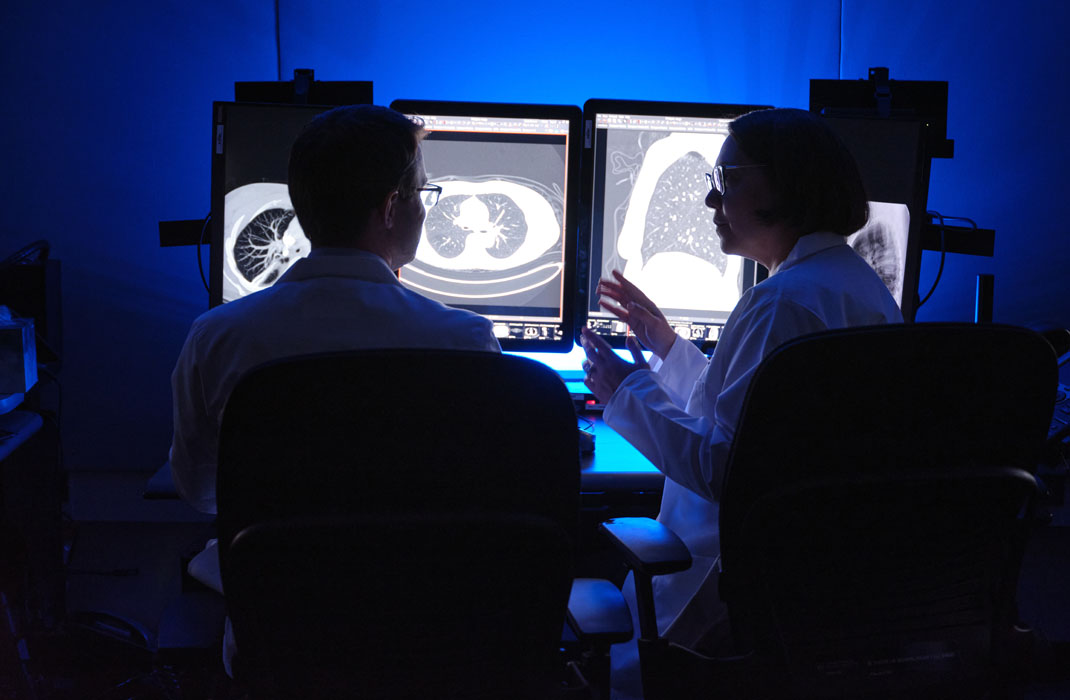
published on
-
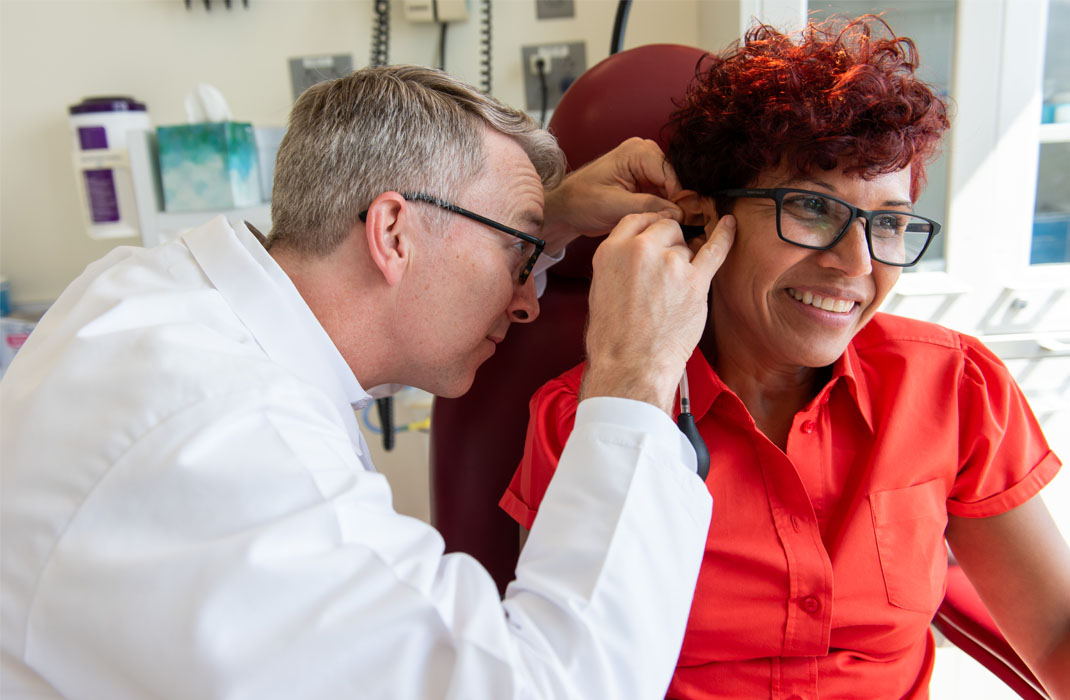
published on
-

published on
-
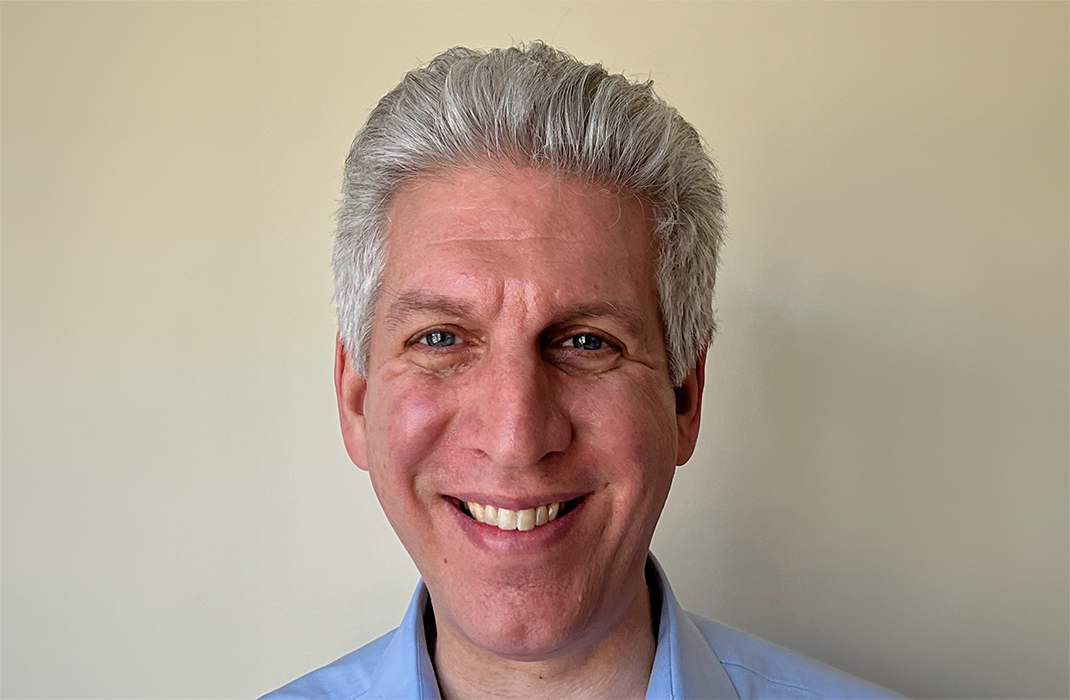
published on